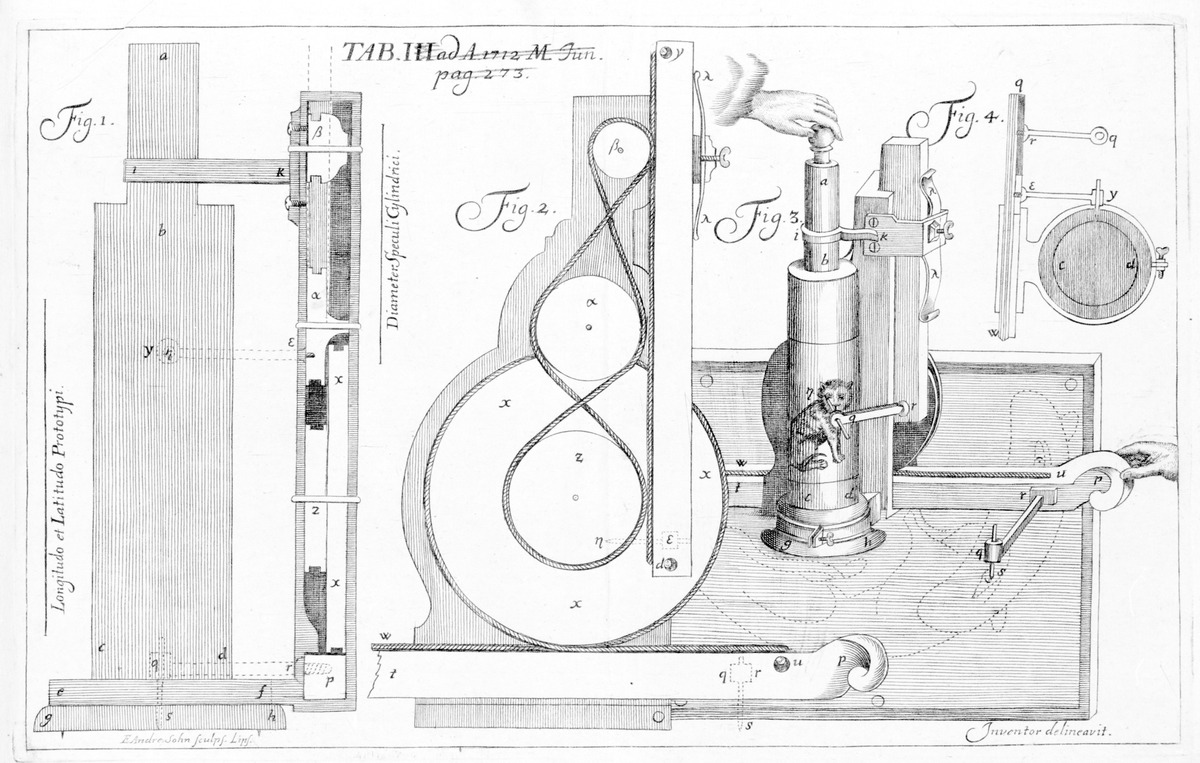Abstract
In 1713, the scientific instrument-maker Jakob Leupold published designs for three machines were the first attempt to design machinery with internal moving parts that replaced human agency in creating original images. This paper first analyzes his text and engravings in order to explain how he proposed to do this, given contemporary materials and command of physical forces. Next, it characterizes the devices as a transition from concepts of incision to concepts of mirroring, taken as models of the history of mechanical reproduction. And finally, Leupold’s replacement of the sighting grid with differential gears points to a set of problems appearing in contemporary philosophy represented in Rococo artistic production of this period as well. Taking the proposed devices in context, they help to theorize the complex notions of creative activity in Rococo visual culture. Taken as an episode in the history of communications, they instance the development of conceptions of personhood and of physical forces at stake in the invention of automated media.
Beinecke collection materials consulted: Jacob Leupolds, Mechanici zu Leipzig, Anamorphosis mechanica nova…

The Beinecke Library encourages scholars, students, and the public to engage the past in the present for the future. In the service of new scholarship, the library offers generous fellowships for visiting scholars and for graduate students to support research in a wide range of fields. Learn more about fellowship opportunities.
